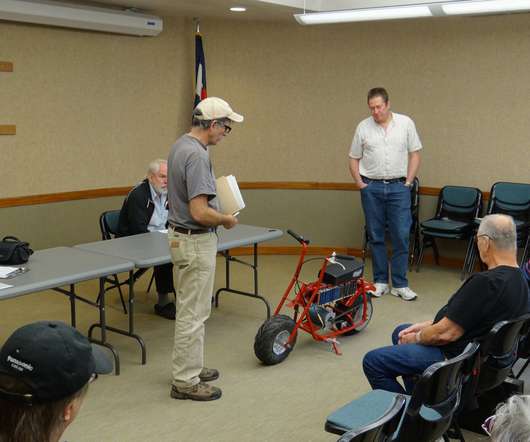Wind-to-Hydrogen Tech Goes to Sea
Cars That Think
AUGUST 19, 2023
Many countries have met their climate goals and are on track to be completely carbon neutral. Wind and solar parks produce a large portion of their energy. Then, as now, wind farms are operating off the world’s coasts—but not all of these offshore sites are connected to the mainland via underwater power cables.





























Let's personalize your content